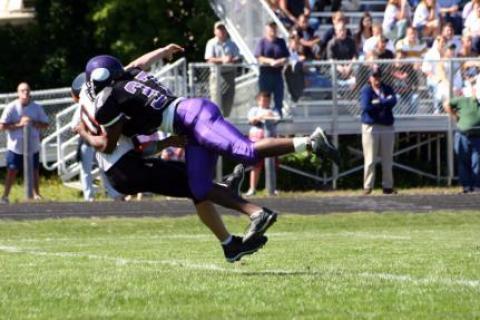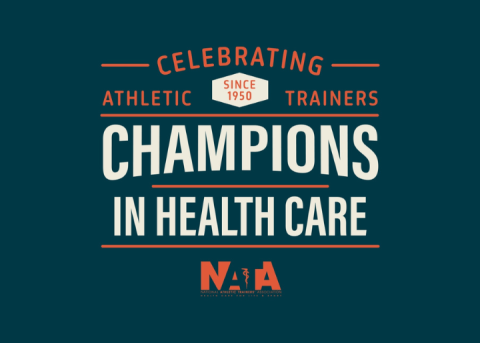
by John Doherty, ATC, PT
On Friday night, NBC5 investigative reporter Phil Rogers ran a three-minute and 38 second summary of a six–week investigation into the helmets used by the schools in the station's viewing area. Rogers was particularly interested in helmets deemed unsafe or less safe by the Virginia Tech STAR Helmet Rating System. What Rogers failed to report, however, was that the STAR Helmet Rating System, based strictly on laboratory tests, has been refuted by studies done at the University of Wisconsin and Temple University on how helmets actually perform on the field.
Wisconsin’s study, published last month, and Temple’s, released two years ago, came to exactly the same conclusion: Neither brand, nor model, nor age of helmet matter. The concussion rate in those studies was the same for those athletes wearing five-star helmets — the safest according to Virginia Tech — as it was for those wearing lower-rated helmets, including those receiving only one-star.
The key to preventing concussion, according to the Temple researchers, was proper fit.
In Rogers’ defense, he did feature Bears concussion specialist Dr. Elizabeth Pieroth saying it was better to wear a four-star helmet that fit well than a five-star that did not. Rogers claimed that his work had already prompted two high schools to discontinue the use of lower-rated helmets. Unfortunately, they caved to the pressure of what should have been a non-story. Changing helmets won’t change the concussion rate.
Rogers would have better served the viewing public by asking better questions. What schools have athletic trainers, fit their helmets properly, do baseline testing, and adequately educate parents, players and coaches about concussion? Not every school has a full-time athletic trainer, but those that do experience fewer injuries. Helmet fitting is meticulous at some schools, a crapshoot at others. The same goes for baseline testing.
All 50 states now have laws on the books regarding how concussion is to be managed in youth and high school sports. In Illinois and Indiana an education component is mandated. But a study released last week by NATA found that a quarter of high school athletes are not receiving concussion education at all and barely half ever discuss it with their parents.
It should come as no surprise that another study released last week, this one out of Children’s Healthcare of Atlanta, found that as many as 15 percent of athletes age 12-18 will experience an undiagnosed concussion in a given year. The danger in those cases comes from continuing to play and suffering a second concussion before recovery from the first is complete. The consequences can be tragic.
Investing in better athletic trainer coverage, helmet fitting, baseline testing and concussion education programs would likely reduce that number of missed concussions. It would certainly be more cost-effective than changing helmets.
John Doherty, ATC, PT, is a certified athletic trainer and physical therapist, as well as NATA Now’s newest contributor. This column reflects solely his opinion. Reach him at jdoherty@comhs.org or on Twitter at @JDohertyATCPT. You can also view the full versionof the article on the Times website.
Posted by NATA News Managing Editor Jaimie Siegle (jaimies@nata.org) // Photo via NATA




